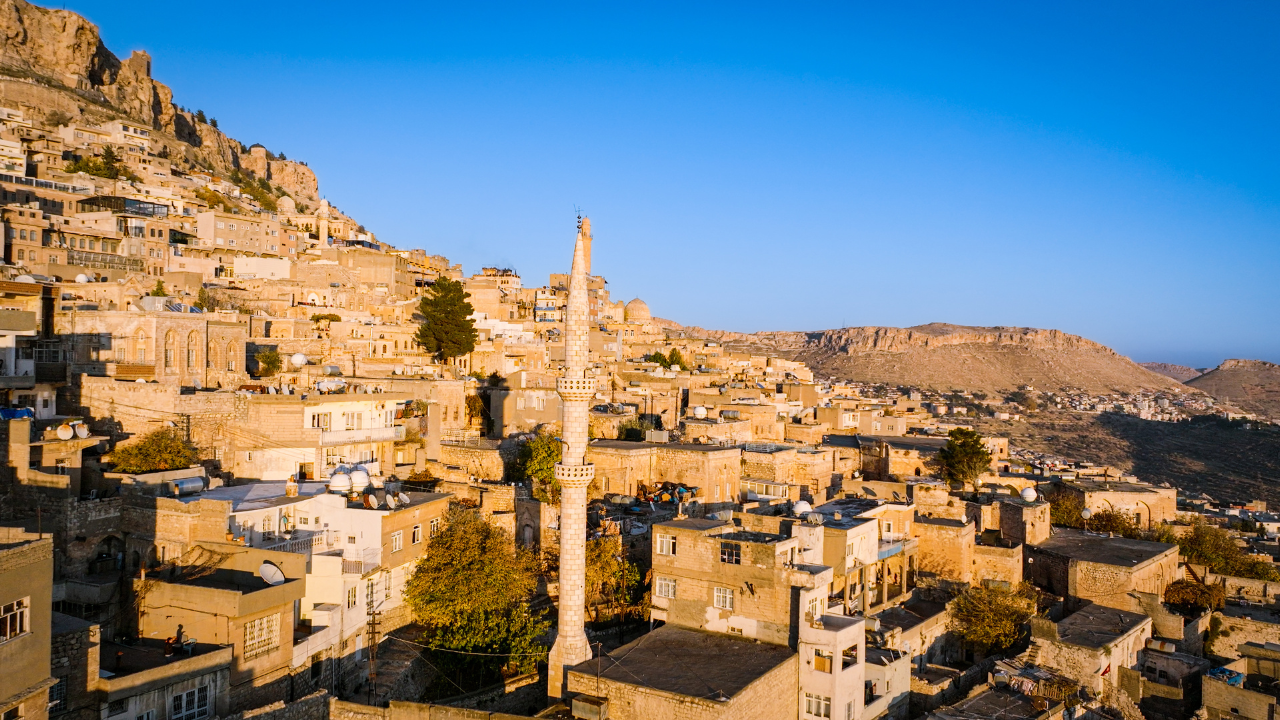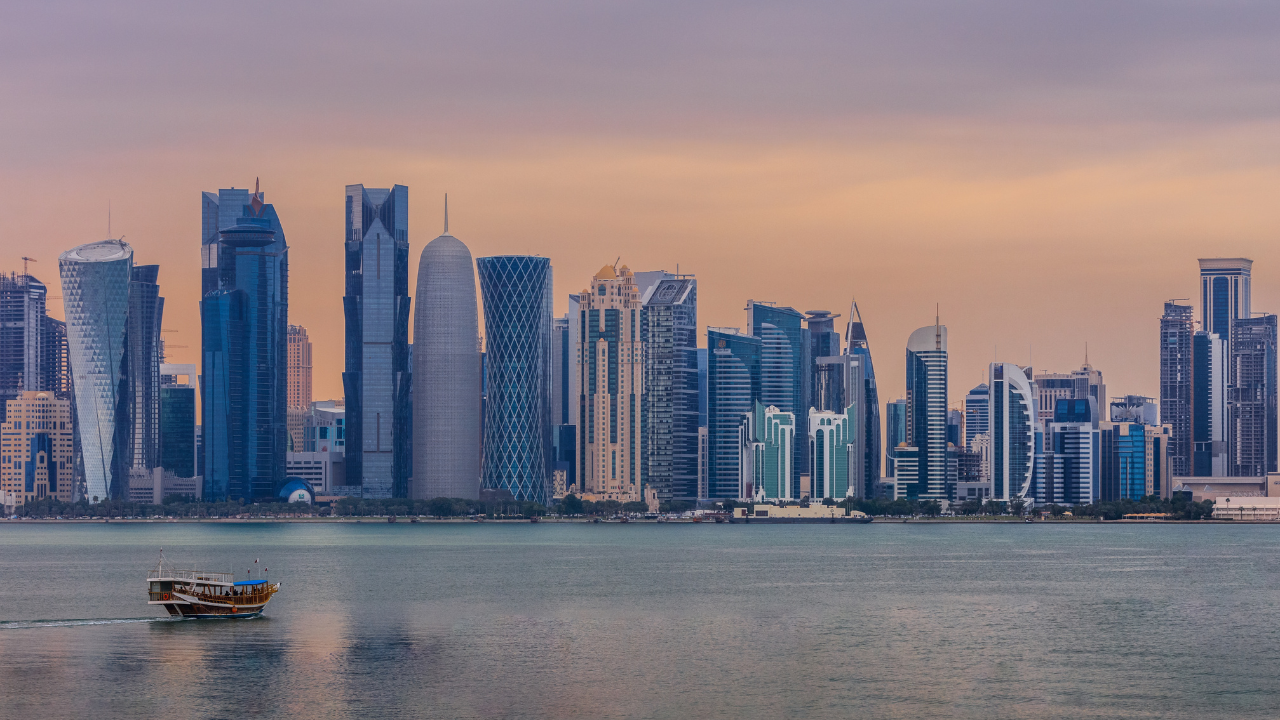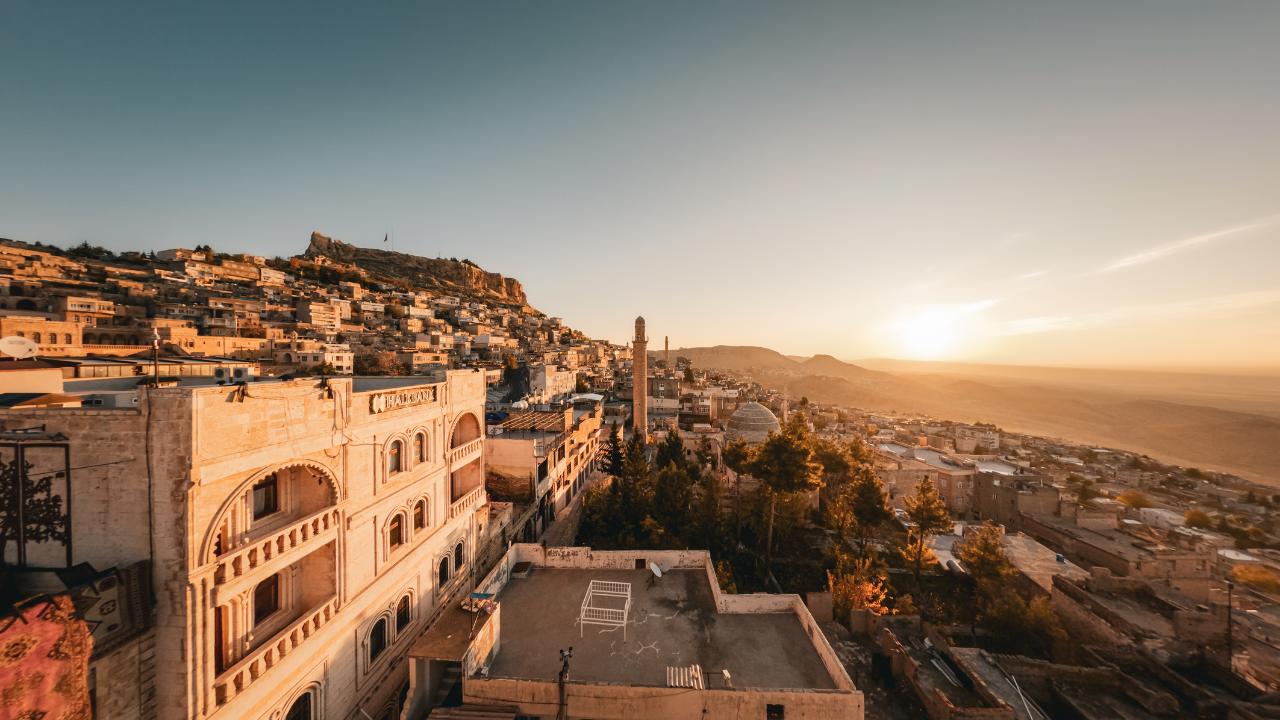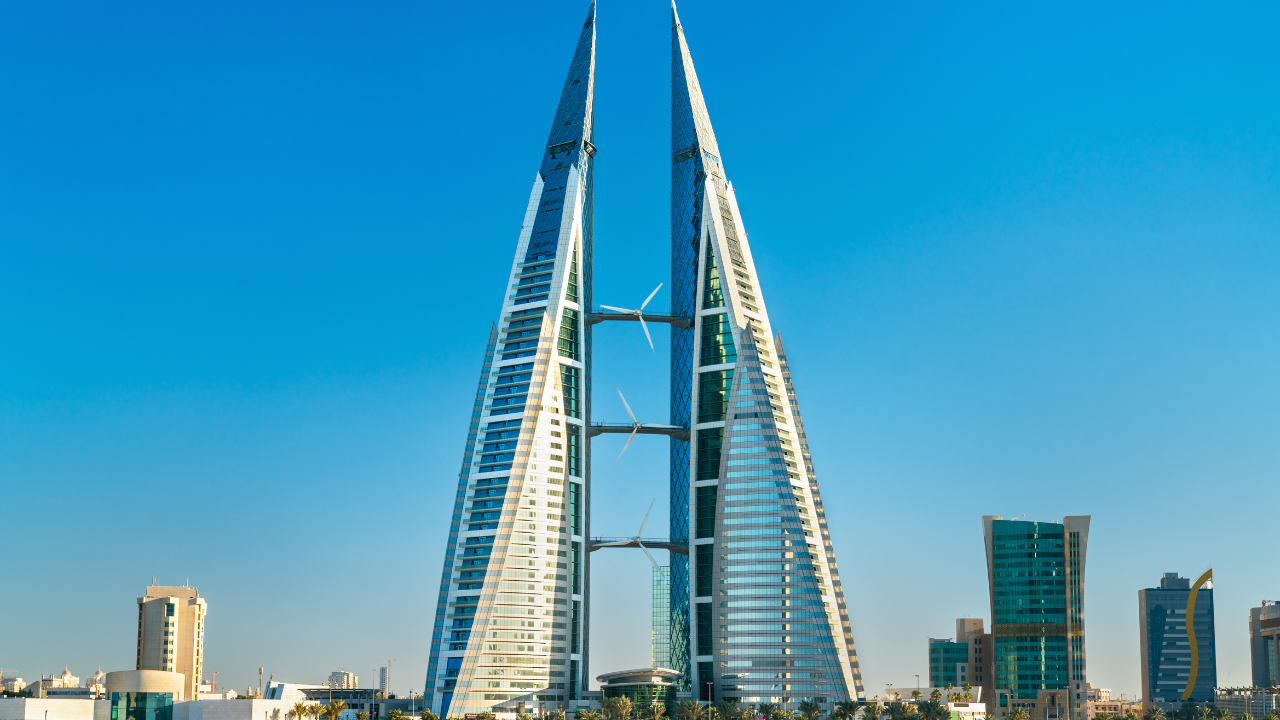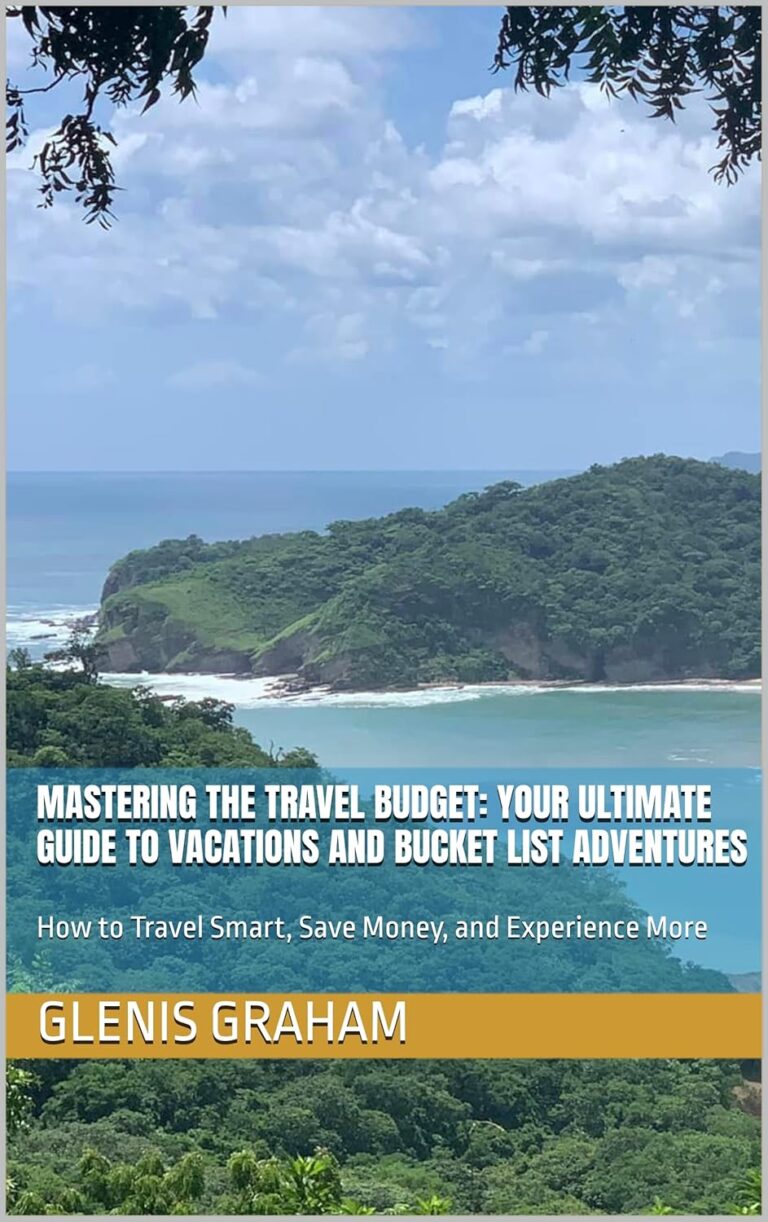Middle East Guide
Explore
Middle East Guide
The Middle East, a crossroads of ancient civilizations and modern marvels, offers a unique blend of history, culture, and awe-inspiring landscapes. It’s a region where tradition meets innovation, from the pyramids of Egypt to the towering skyscrapers of Dubai. For centuries, travelers have been drawn to the Middle East to explore its historical landmarks, vibrant cities, and breathtaking deserts. Whether you’re interested in cultural heritage or simply seeking adventure, this guide will help you navigate the wonders of the Middle East.
Geographical Overview
Countries in the Middle East
The Middle East is made up of numerous countries, each with its own distinct culture and landscape. Some of the most notable include:
- Saudi Arabia: Known for the holy cities of Mecca and Medina.
- United Arab Emirates (UAE): Home to the futuristic city of Dubai.
- Egypt: Famous for the Pyramids of Giza and the Sphinx.
- Jordan: A country rich in history, including Petra and the Dead Sea.
- Lebanon: A small country with a vibrant cultural scene.
Major Cities and Landmarks
Each country in the Middle East boasts major cities with unique landmarks. For instance, Dubai’s Burj Khalifa is the tallest building in the world, while Egypt’s ancient pyramids attract millions of visitors yearly.
Regional Landscapes and Climates
The Middle East has a variety of landscapes, ranging from vast deserts to lush oases. Its climate is predominantly hot and arid, though coastal areas, especially along the Mediterranean, enjoy milder weather.
History of the Middle East
Ancient Civilizations
The Middle East is the birthplace of some of the world’s oldest civilizations, including Mesopotamia and Ancient Egypt. These civilizations made lasting contributions to humanity in fields like writing, mathematics, and architecture.
Historical Significance in Global Context
The region’s history also includes the spread of major religions like Islam and Christianity, as well as its role in global trade routes, such as the Silk Road.
Culture and Traditions
Languages Spoken
Arabic is the dominant language in the Middle East, but other languages, such as Persian, Hebrew, and Turkish, are also spoken.
Religious Diversity
While Islam is the predominant religion, the Middle East is also home to Christians, Jews, and smaller religious communities like the Druze and Zoroastrians.
Art, Music, and Literature
The region’s rich artistic heritage includes calligraphy, mosaic art, and a diverse musical tradition. Literature has deep roots in the Middle East, particularly through poetry and storytelling.
Local Customs and Etiquette
Respecting local customs is important. Visitors should be mindful of conservative dress codes, especially in religious areas, and should avoid public displays of affection.
Famous Destinations in the Middle East
Egypt: The Land of Pharaohs
Egypt is a must-visit for anyone interested in ancient history. The Pyramids of Giza, the Sphinx, and the Nile River are all iconic symbols of this country’s past.
Jordan: Home of Petra and the Dead Sea
Jordan is a treasure trove of historical and natural wonders. Petra, an ancient city carved into pink sandstone, is one of the most famous archaeological sites in the world. The Dead Sea, known for its therapeutic properties, is another major draw.
Dubai: The Ultra-modern Oasis
Dubai in the UAE is famous for its ultra-modern architecture, luxurious shopping, and world-class attractions. The city boasts futuristic structures like the Burj Khalifa and man-made islands such as Palm Jumeirah.
Saudi Arabia: The Heart of Islam
Saudi Arabia is home to Islam’s holiest sites in Mecca and Medina, attracting millions of pilgrims annually. Beyond religious significance, Saudi Arabia offers dramatic landscapes, including the Rub’ al Khali (Empty Quarter) desert.
Food and Cuisine
Staple Dishes Across the Middle East
Middle Eastern cuisine is known for its flavorful and aromatic dishes. Common staples include falafel, hummus, shawarma, and kebabs. Rice, lamb, and various spices are also widely used in regional dishes.
Unique Spices and Flavors
The cuisine is characterized by the use of unique spices such as za’atar, sumac, and saffron, which give the dishes their distinct flavors.
Travel Tips for First-Time Visitors
Best Time to Visit the Middle East
The best time to visit the Middle East is during the cooler months, between October and April, to avoid the intense summer heat.
Navigating Cultural Sensitivities
Cultural sensitivities vary from country to country. It’s important to dress modestly and be respectful of local customs, especially in more conservative countries.
Language and Communication Barriers
While English is widely spoken in many major cities, learning a few basic phrases in Arabic can go a long way in building rapport with locals.
Transport and Accessibility
Getting Around by Air, Rail, and Road
The Middle East is well-connected by modern infrastructure. Many countries have excellent airlines, such as Emirates and Qatar Airways, and some regions have high-speed rail systems.
Popular Airlines and Travel Routes
Major airlines like Emirates, Etihad Airways, and Qatar Airways offer excellent connectivity both within the Middle East and to international destinations.
Adventure Travel in the Middle East
Desert Safaris and Trekking
Adventure seekers can enjoy desert safaris, camel rides, and trekking in the vast deserts of countries like Saudi Arabia and the UAE.
Water Sports and Beach Activities
The Middle East also offers beautiful coastlines, with water sports such as snorkeling and diving available in places like the Red Sea.
Shopping in the Middle East
Souks and Traditional Markets
Exploring the bustling souks (markets) of cities like Marrakech and Dubai is a must. These markets offer everything from spices to handmade carpets.
Modern Shopping Malls and Luxury Brands
For a more modern shopping experience, the Middle East boasts some of the world’s largest shopping malls, such as the Dubai Mall, home to countless luxury brands.
Accommodations in the Middle East
Luxury Hotels and Resorts
The Middle East is synonymous with luxury, with five-star hotels and resorts like the Burj Al Arab in Dubai offering unparalleled service and opulence.
Budget-Friendly Options
Travelers on a budget can also find more affordable accommodation options, including hostels, guesthouses, and mid-range hotels.
Safety Considerations
Political Climate and Safety
While many parts of the Middle East are safe for travelers, it’s essential to stay informed about the political climate and avoid areas with ongoing conflict.
Health Precautions and Emergency Contacts
It’s important to be aware of health precautions, including required vaccinations. Travelers should also carry a list of emergency contacts for each country they visit.
Sustainable Travel
Eco-Friendly Initiatives in the Middle East
Some Middle Eastern countries are making strides in sustainable tourism, with eco-friendly resorts and wildlife conservation efforts in places like Oman and Jordan.
Responsible Tourism Practices
Visitors should be mindful of local environmental issues, such as water conservation, and support businesses that prioritize sustainable practices.
Unique Experiences
Festivals and Celebrations
The Middle East is home to a wide variety of cultural festivals, from religious celebrations like Ramadan and Eid to music festivals in cities like Beirut and Dubai.
Traditional Bedouin Lifestyle
For a truly unique experience, visitors can explore the traditional Bedouin lifestyle by staying in desert camps and learning about the nomadic cultures of the region.
Conclusion
The Middle East offers an extraordinary mix of history, culture, and modern attractions that few other regions can rival. Whether you’re drawn by ancient ruins, luxurious cities, or stunning natural landscapes, there’s something for every traveler to explore and appreciate.
FAQs
What are the top places to visit in the Middle East?
Some top destinations include Petra in Jordan, the Pyramids of Egypt, and Dubai’s modern marvels.Is it safe to travel to the Middle East?
Yes, many parts of the Middle East are safe for tourists. However, always check travel advisories before planning your trip.What is the best time to visit the Middle East?
The best time to visit is during the cooler months, from October to April.How do I dress appropriately in Middle Eastern countries?
In more conservative countries, it’s important to dress modestly, especially when visiting religious sites.What foods should I try when visiting the Middle East?
Be sure to try local favorites like hummus, falafel, and shawarma.
Place to Visit
- Dubai, UAE
- Jerusalem, Israel
- Istanbul, Turkey
- Petra, Jordan
- Cappadocia, Turkey
- Doha, Qatar
- Muscat, Oman
- Dead Sea, Jordan/Israel
- Luxor, Egypt
- Riyadh, Saudi Arabia
